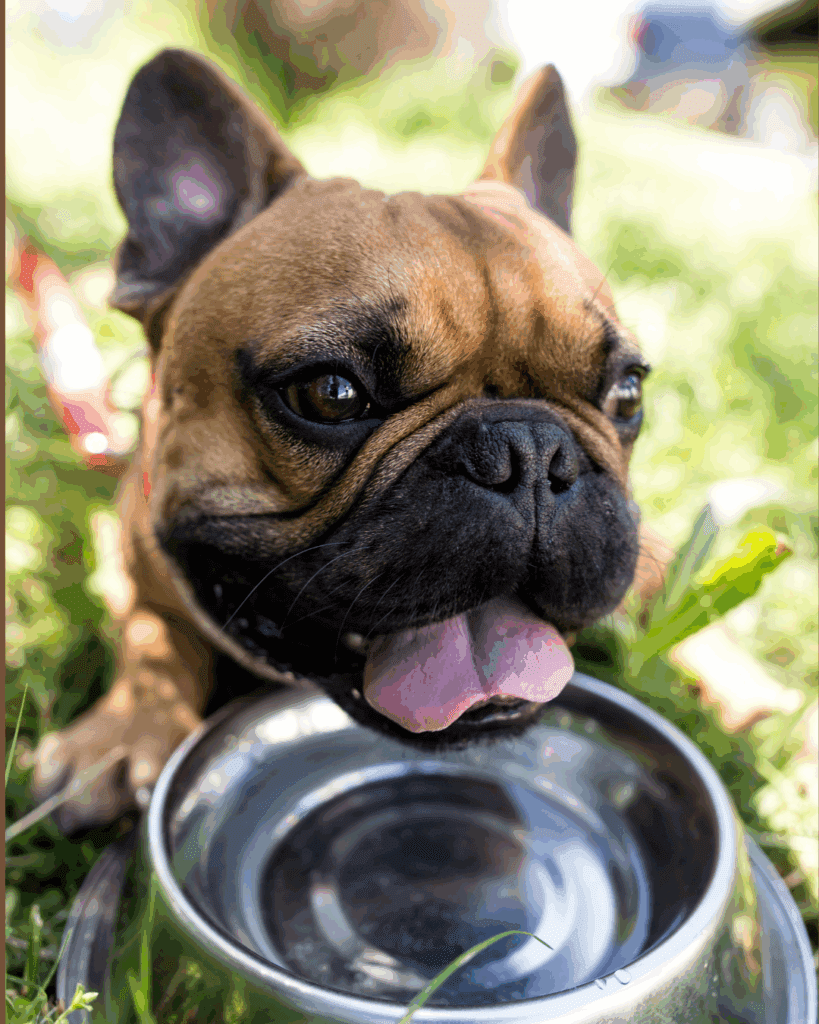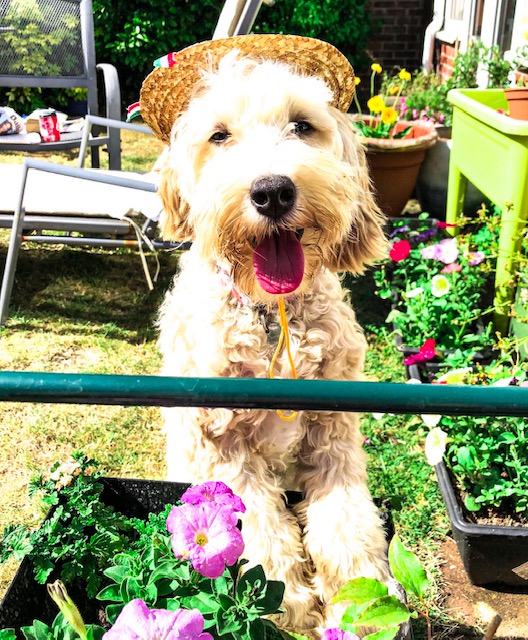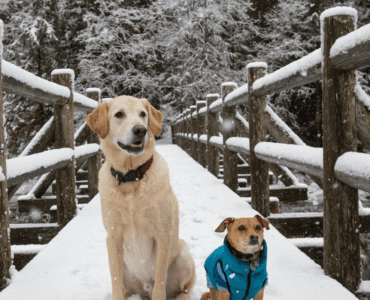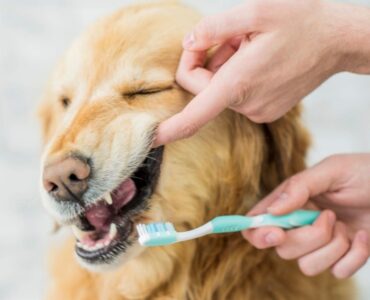
As the temperatures rise, many of us look forward to enjoying the sunshine with our beloved pets. However, hot weather poses significant, often overlooked, dangers to our furry, feathered, and small companions. Understanding these risks and taking proactive steps can ensure that your pets stay safe, healthy, and happy all summer long and I highlight key areas where pets are vulnerable during periods of high heat.
Small and Mighty: Protecting Rabbits, Guinea Pigs, and Other Small Pets
Pets like rabbits and guinea pigs are particularly susceptible to overheating. Their natural environment often involves burrowing to escape heat, which isn’t possible in a hutch. During my time as a pet sitter, I would see hutches left in direct sunlight, which, even for a short period, can quickly become dangerously hot, leading to fatal heatstroke.
Key Risks:
- Overheating: Small pets cannot regulate their body temperature as effectively as larger animals.
- Flystrike: Warm, damp conditions can increase the risk of flies laying eggs on your pet, leading to this painful and potentially deadly condition.
What You Can Do:
- Shade is paramount: Always position outdoor hutches and runs in complete shade. Remember that the sun moves, so areas shaded in the morning may be exposed in the afternoon, so consider using shade cloths or moving enclosures indoors during extreme heat.
- Hydration: Ensure that your pets have constant access to fresh, cool water. Check water bottles frequently as spouts can block or water can evaporate quickly.
- Cooling aids: Offer frozen water bottles (wrapped in a towel to prevent direct contact) or ceramic tiles for them to lie on.
- Ventilation: Ensure good airflow around their enclosure.
- Recognise heatstroke: Watch for lethargy, panting, drooling, stretched-out body posture, and convulsions. If you suspect heatstroke, move your pet to a cool, shaded area, dampen their fur with cool (not icy) water, and contact your vet immediately.
Hydration Hazards: The Hidden Dangers of Communal Water Bowls for Dogs
While seemingly convenient, communal water bowls found in public places like pub gardens, outside shops or the well-meaning public, can be breeding grounds for various pathogens, posing serious health risks to your dog.
Key Risks:
- Cross-Contamination: Shared bowls can transmit bacteria, viruses, and parasites from one dog to another.
- Stagnation: Water left standing for extended periods, especially in the heat, can become stagnant, accumulating environmental contaminants, toxins, and mould.
Diseases That Can Be Spread:
- Giardia: An intestinal parasite causing diarrhoea.
- Leptospirosis: A bacterial infection affecting the liver and kidneys, potentially transmissible to humans.
- Canine Papilloma Virus: Causes warts, spread through saliva.
- Kennel Cough: A highly contagious respiratory disease.
- Intestinal Worms: Roundworms, hookworms, and whipworms can be transmitted through faecal contamination.
What You Can Do:
- Bring your own: The safest option is to always carry your own fresh water and a collapsible bowl for your dog when out and about.
- Home hygiene: At home, wash your dog’s water bowls daily, ideally using non-porous materials like stainless steel.
Sun Sensitivity: Protecting White-Haired and Fair-Skinned Pets
Just like humans, pets can suffer sunburn, and prolonged sun exposure can lead to skin cancer, especially in those pets with white or light-coloured fur, thin coats, or exposed skin (ears, nose, belly, inner thighs).
Key Risks:
- Sunburn: Painful, red, inflamed skin.
- Skin Cancer: Conditions like squamous cell carcinoma and hemangiosarcoma can develop, often appearing as sores that don’t heal, lumps, or scaly patches.
What You Can Do:
- Pet-friendly sunscreen: Apply a zinc-free, pet-safe sunscreen to vulnerable areas like the ear tips, nose, and belly. Always check ingredients to ensure it is safe if licked.
- Limit exposure: Keep white-haired pets indoors during peak sun hours (10 a.m. to 4 p.m.).
- Provide shade: Ensure there are ample shaded areas if your pet is outdoors.
- Protective clothing: Consider UV-blocking shirts or hats for highly susceptible pets.
- Grooming: Never shave your dog’s coat too short, as their fur provides natural sun protection.
Backyard Birds: Keeping Chickens Cool in the Coop and Run
The increasing popularity of backyard chickens means more owners need to be aware of their vulnerability to heat stress. Chicken pens often sit in full sun, making them extremely hot.
Key Risks:
- Heat Stress: Chickens are very sensitive to heat; prolonged high temperatures can lead to organ failure and death. Signs include panting, holding wings away from the body, lethargy, reduced activity, and pale combs/wattles.
- Reduced Egg Production: Heat can negatively impact a hen’s reproductive cycle.
What You Can Do:
- Abundant Shade: Provide natural shade from trees or create artificial shade over their coop and run using tarpaulin or shade cloth.
- Ventilation: Ensure excellent airflow through the coop. Consider adding vents or replacing solid panels with mesh.
- Fresh, Cool Water: Always provide multiple sources of cool, fresh water. Chickens drink significantly more in hot weather. You can add ice to their water troughs.
- Adjust Feeding: Feed chickens during the cooler parts of the day (early morning or late evening) to minimise metabolic heat production during digestion.
- Avoid Overcrowding: Ensure that there is adequate space in the coop to allow for air circulation.
Essential Hydration for Dogs: The Flask Advantage
Maintaining proper hydration is critical for dogs in hot weather, especially during walks or outdoor activities. Dehydration can quickly lead to heatstroke, so NEVER exercise your dog when the sun is at its hottest. Even early morning and late afternoon can be challenging so if in doubt, remove socks and shoes and try walking barefoot on pavements. If it’s not too hot:
What You Can Do:
- Constant Access: Ensure your dog always has access to fresh, cool water at home, with multiple bowls placed in different areas.
- Portable Water: When out, always carry a supply of fresh, cold water. A flask is an excellent tool for keeping water chilled for longer, ensuring your dog has refreshing hydration on demand.
- Regular offers: Offer your dog water frequently, even if they do not seem thirsty.
Optimise Your Pet’s Summer Safety
Staying vigilant and proactive is key to keeping your pets safe during hot weather. By understanding the specific risks for different types of pets and implementing these preventive measures, you can help them enjoy a safe and comfortable summer.
Further Resources & Related Articles:




